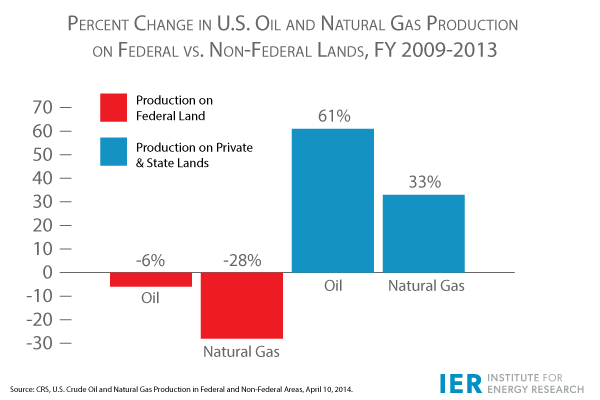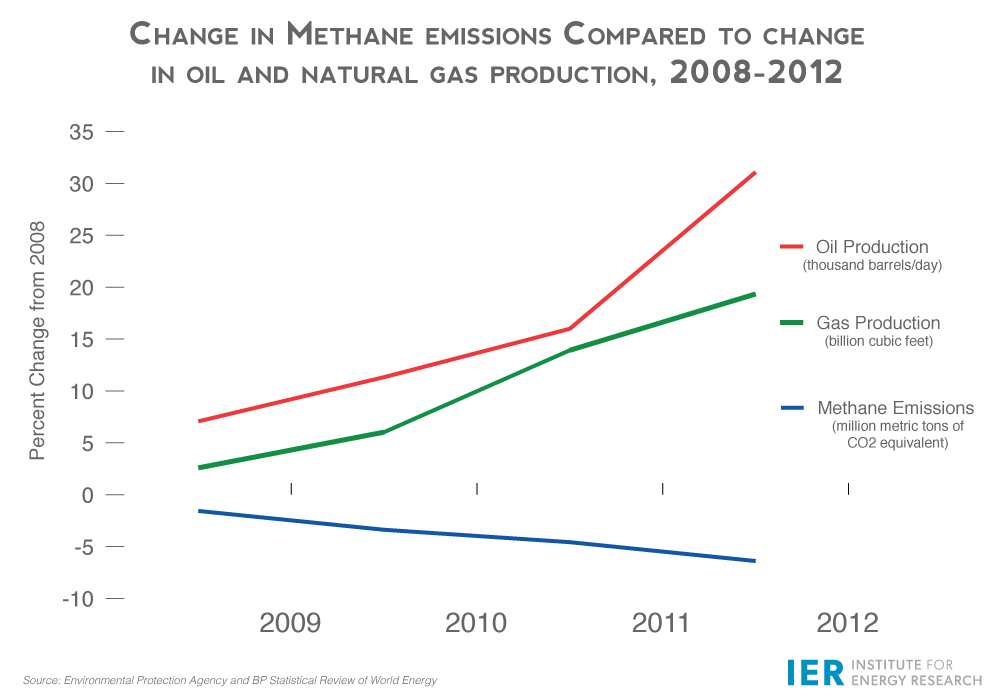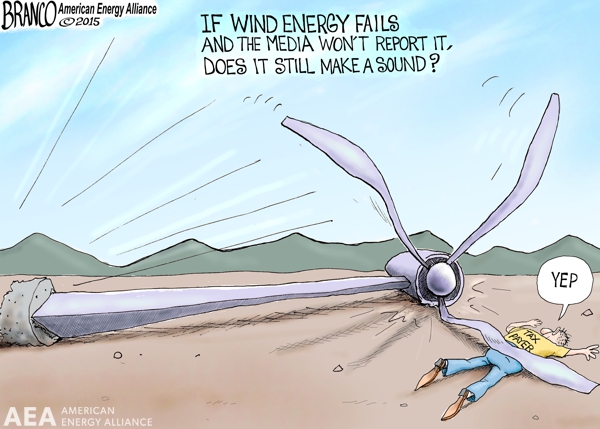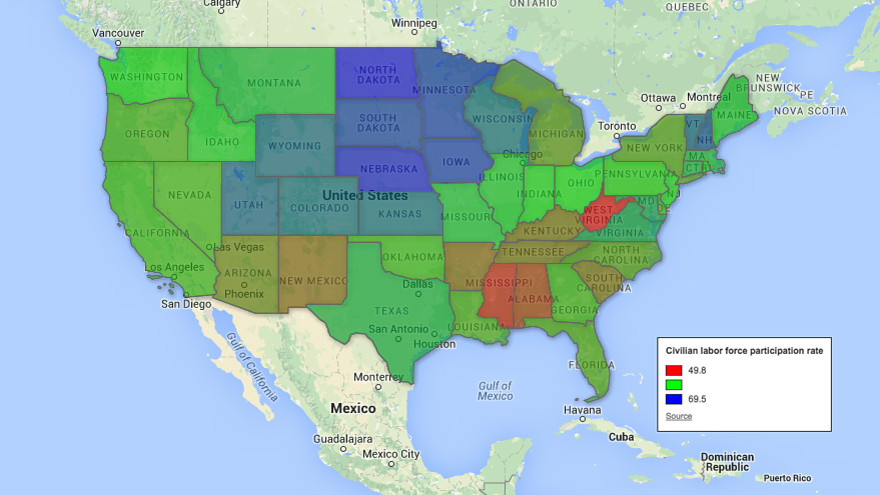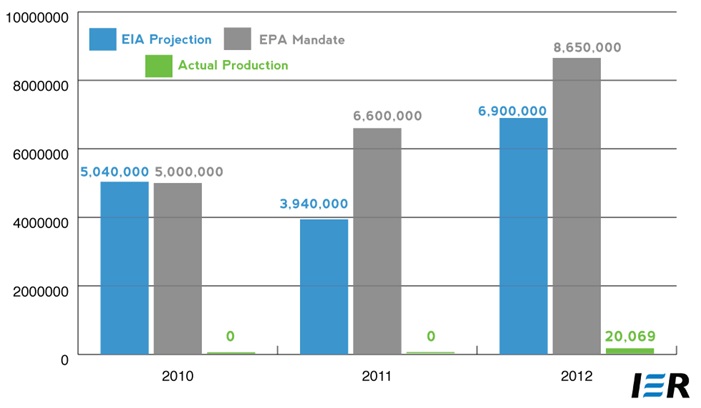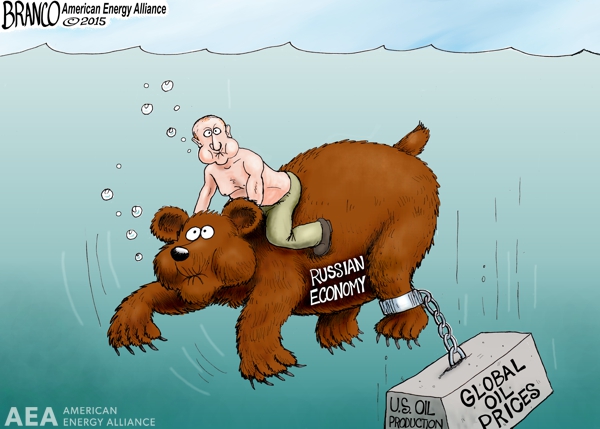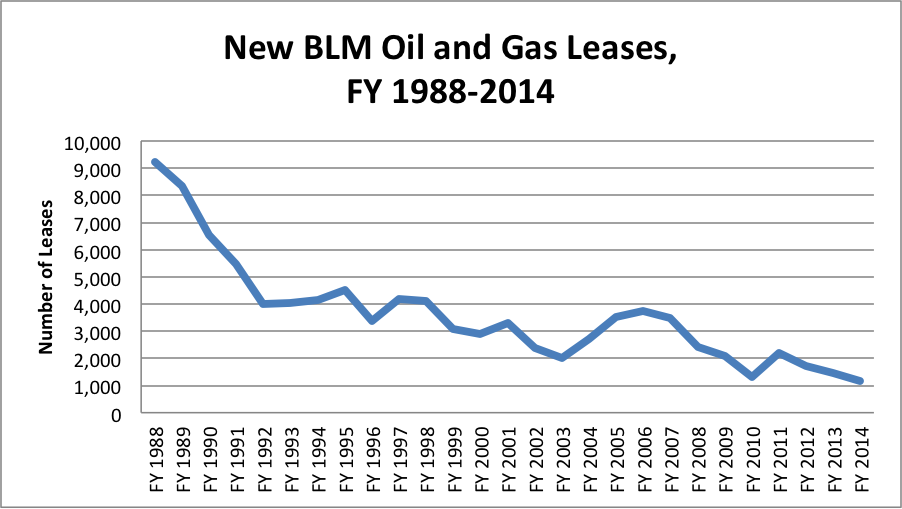On Tuesday, President Obama delivered his sixth annual State of the Union address. The address was peppered with references to low gas prices (which are good but he has nothing to do with) and booming energy production (also good but happening despite his policies), part of an agenda he described as “middle-class economics.”
The address was also notable for what the president didn’t say. While the president declared that “no challenge poses a greater threat” than climate change, he failed to point out that his policies do almost nothing to solve the climate problem while making life harder for American families, particularly the “middle class” families Obama claims he supports.
Below we read between the lines to bring you the good, the bad, and the forgotten from President Obama’s 2015 State of the Union.
The Good: Gas Prices are Low; Energy Production is Booming
President Obama: “And thanks to lower gas prices and higher fuel standards, the typical family this year should save $750 at the pump.”
Gas prices have fallen for 16 consecutive weeks to just $2.07 per gallon—the lowest levels in more than five years—according to the Energy Information Administration (EIA). Low gas prices are an economic boon for American families, adding disposable income that can be spent on consumer goods like restaurants and movie theaters, used to pay down debts, or saved. The following chart shows the 16-week decline in U.S. gas prices that started June 23:
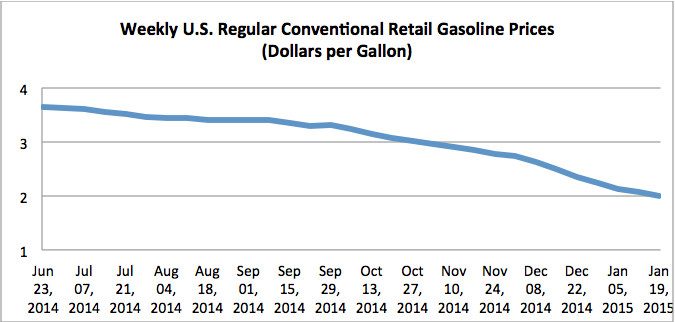 Source: Energy Information Administration
Source: Energy Information Administration
However, it is disingenuous for the president to claim that higher fuel standards save Americans money just like lower gas prices. Although the administration’s Corporate Average Fuel Economy Standards (CAFE) force automakers to build more fuel-efficient vehicles, the rules also make cars more expensive, pricing millions of Americans out of the new-car market. Low gas prices don’t do much good for the family that can’t even afford a car.
In fact, booming domestic energy production, not fuel efficiency standards, are driving affordable gas prices. The drop in gas prices followed a precipitous decline in world oil prices, which have been cut in half since last summer. And oil prices are down because the U.S. is producing record amounts of energy here at home, reducing our need to import oil from overseas. The following chart shows how U.S. oil production has climbed by 32 percent since 2011:
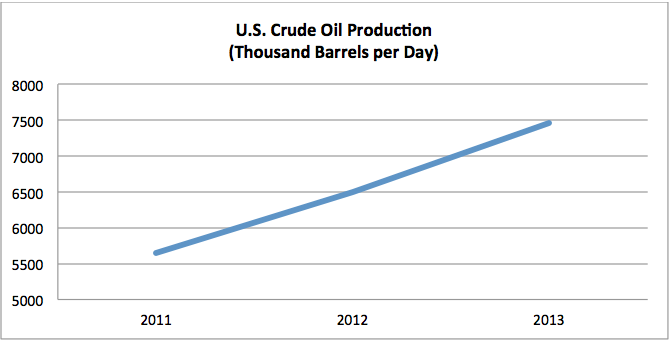 Source: Energy Information Administration
Source: Energy Information Administration
As we will explain below, America’s domestic energy boom benefits American families, but it is not happening everywhere. It is only occurring on state and private lands outside of President Obama’s control.
The Bad: Obama’s Policies Threaten Abundant and Affordable Energy
President Obama: “We believed we could reduce our dependence on foreign oil and protect our planet. And today, America is number one in oil and gas.”
The president is correct that the U.S. is now the world’s top combined oil and natural gas producer, ahead of Saudi Arabia and Russia. However, President Obama has nothing to do with the domestic energy boom. In fact, the boom is proceeding despite—not because—of the president’s policies.
Energy production is soaring, but not everywhere. On lands controlled by states and private individuals (where the president has little input) oil output has increased 61 percent since 2009. Meanwhile, oil production has actually declined 6 percent on lands under federal control. The following chart compares oil and natural gas production on federal vs non-federal lands:
To make matters worse, the administration is gearing up to impose unprecedented federal rules on hydraulic fracturing and methane that threaten to undermine America’s impressive energy gains. Here’s a rundown:
- Methane plan threatens state and private lands with federal control. Last week, the White House announced a plan to reduce methane emissions from certain oil and gas operations. The rule is unnecessary, as methane is already down 16 percent since 1990. Moreover, methane emissions from hydraulic fracturing have plummeted 73 percent since 2011, even as natural gas output has soared (on non-federal lands).
- BLM set to impose federal hydraulic fracturing rules. A proposed rule from the Bureau of Land Management would regulate hydraulic fracturing on federal lands. As IER explained in comments to BLM, the rule is “duplicative, costly, and unnecessary” because states and localities already regulate hydraulic fracturing on federal lands. The rule is expected to affect more than 5,000 oil and gas wells and cost up to $1.61 billion per year.
America’s energy producers are thriving on non-federal lands, where state regulators and individuals with local knowledge make development decisions. The continued success of America’s energy boom depends on keeping the federal government off of state and private lands.
The Forgotten: Minorities Suffer Under President Obama’s Policies
Just as important as what the president said during is State of the Union address is whom the president forgot to mention. Climate-change researcher Nicole Hernandez Hammer earned a seat in the First Lady’s guest box during the State of the Union address. The president, however, failed to highlight her work during the address.
Her only mention comes from the White House website, which describes Hernandez Hammer’s work on sea-level issues, including “how cities and regions most vulnerable to the effects of climate change and sea-level rise also have large Hispanic populations—something she learned firsthand growing up in South Florida.”
The administration’s implication is clear: if you’re Hispanic, you should care about climate change. Unfortunately, the president’s climate agenda harms the minority populations it is designed to help and does almost nothing to combat climate change. Here are a few reasons why:
- EPA rule fails to reduce sea levels. The cornerstone of the president’s climate action plan, proposed carbon dioxide limits for existing power plants, is expected to reduce sea-level rise by just 1/100th of an inch, or about the thickness of three sheets of paper.
- Hispanics, Floridians, and all Americans face higher energy prices. While doing nothing to abate sea-level rises, Obama’s policies raise energy costs on American families, including Hispanics. A NERA analysis finds that Florida, where Hernandez Hammer resides, could face 17 percent higher electricity rates under EPA’s existing power plant rules. Nationally, households in 43 states could see double-digit electricity rate hikes.
- Obama’s climate agenda disproportionally harms minorities. Hispanics and other minority groups spend a larger share of their household budgets on energy, which means they also shoulder a larger burden of Obama’s costly energy policies. According to the Libre Initiative, median household income for Hispanics is $40,979. For households with incomes of less than $50,000 per year, energy comprises nearly 15 percent of total spending and is the second largest category of family expenses, ahead of even food.
President Obama’s rhetoric on “middle class economics” belies his record. His climate agenda harms those it is supposed to help but does little to actually reduce sea levels associated with climate change.
Conclusion
In his 2015 State of the Union address, President Obama referenced booming domestic energy production and low gas prices. Unfortunately, the U.S. has more abundant and affordable energy despite the president’s policies, not because of them. While America’s energy innovators are producing record amounts of oil and natural gas on state and private lands, output on federal lands has been dropping for years. Meanwhile, the president’s costly climate agenda would make energy more expensive for all Americans, particularly minorities and low-income households. A positive vision for energy prosperity lies with America’s energy producers and American families, not with President Obama’s policies.

